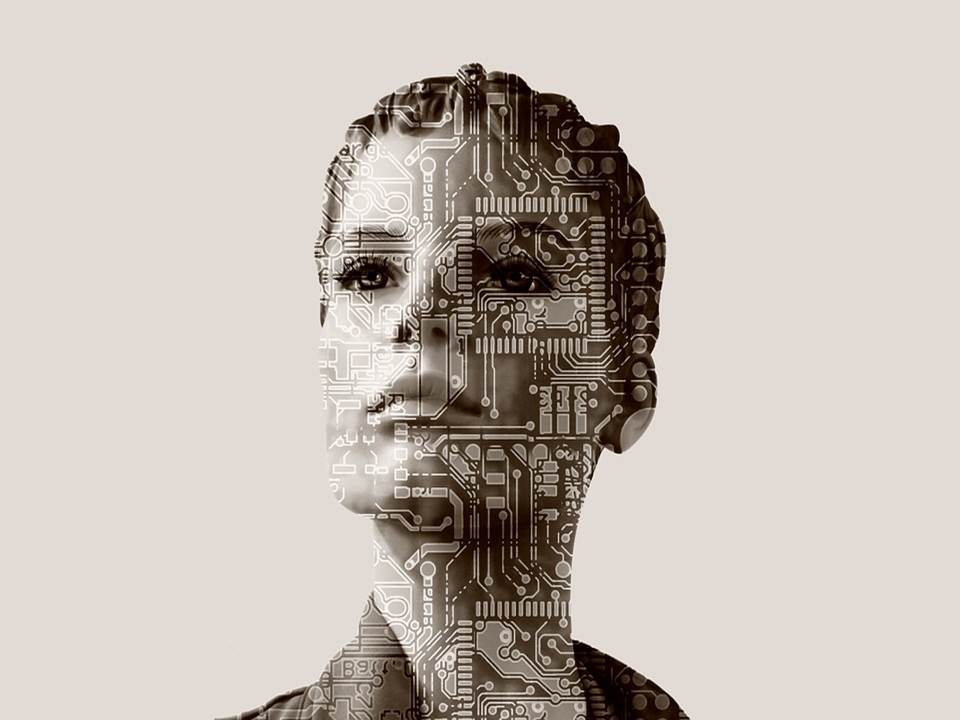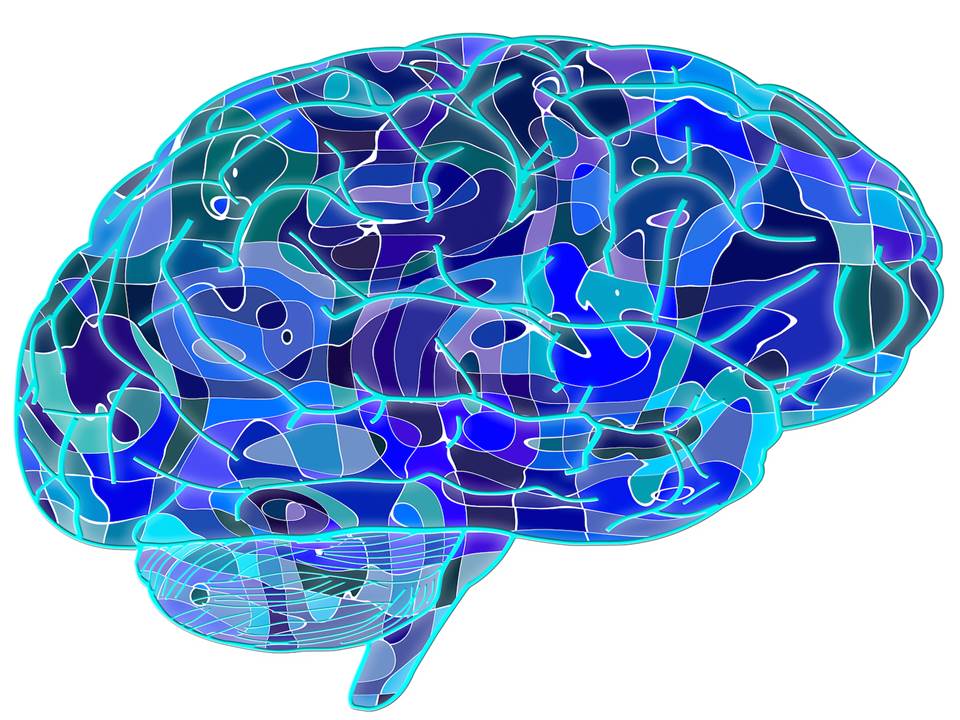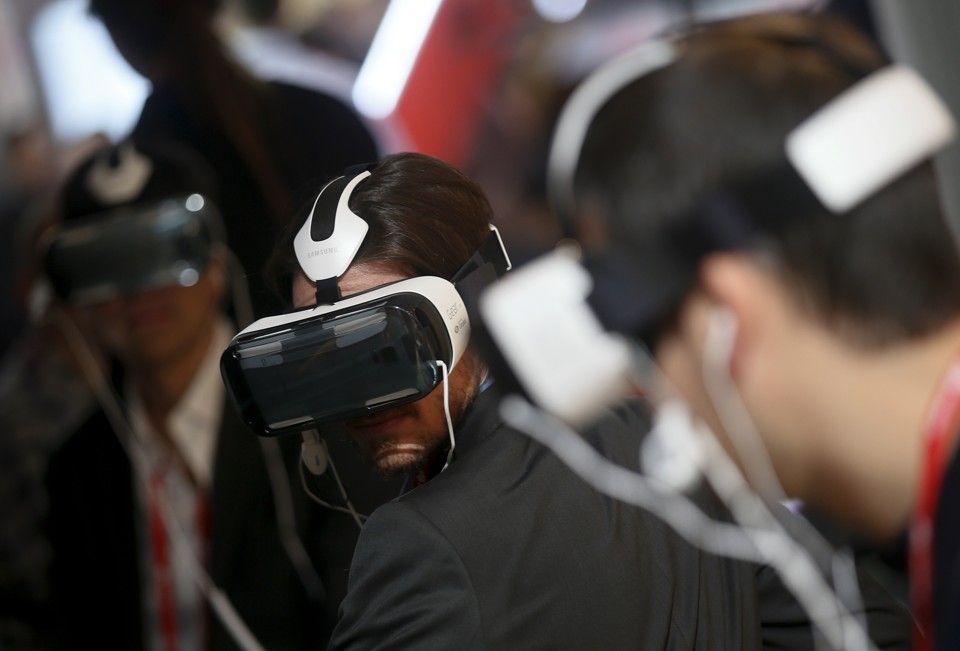Walk into any workout facility and, odds are, you’ll see plenty of people working with a personal fitness trainer. It’s common practice to hire a trainer who can help improve your physical fitness, but is it possible to find a trainer for better mental fitness? Entrepreneur Ariel Garten founded her company, InteraXon, around this very idea. Bolstered by new advances in non-invasive brain-machine interfaces (BMIs) that can help people practice ways to reduce stress and improve cognitive abilities, Garten believes this is just the beginning of a lucrative industry.
Garten’s company manufactures a BMI called the Muse, an EEG sensor headband that monitors occipital and temporal brain waves. According to Ariel, the goal of the device is to help people understand their mental processes while at the same time learning to calm and quiet their mind at any time, with the same convenience of carrying around an iPhone.
Image credit: www.choosemuse.com“We don’t measure stress (with the Muse). What we’re actually measuring is a state of stable, focused attention,” Garten said. “When you hone your mind into a state of stable focused attention, what you’re able to do is resist the thoughts that you have and the distractions that you have. That helps you improve your cognitive function and attention. And, it also helps you decrease your stress, anxiety and all of the downstream physiological responses of that stress.”
According to Garten, when one is in a state of stable, focused attention, their brain-wave signatures are very similar to those seen when one is in a calm, relaxed state. Reaching that state of stable, focused attention leads to more Alpha waves, which have been recorded when people do activities like preparing to go to bed. Those Alpha waves represent a shutting down of external sensory processing, which Ariel says amounts to better holding your focus.
While it has parallels to meditation, Garten noted that BMI-based stable attention exercises can show one’s brain activity in real time. That feedback allows for deeper and faster learning, as well as the ability to maintain the practice or the exercise over time.
Much like the concept of muscle memory, once a user learns how to reach stable, focused attention, the Muse and its accompanying applications help train the user to be able to return to that state whenever it’s needed in their daily lives. Garten noted that a number of research studies have found focused attention exercises can also lead to increased gray matter in the brain, while decreasing anxiety and helping with depression, eating disorders, insomnia and more.
“In the next five years, you’re going to see a proliferation of these types of devices… simple clean, and easy-to-use brain sensing technology applications. What you’ll see is applications that let you play games directly with your mind and applications that let you understand and improve yourself,” she said. “We’re not at the point in technology where you can control stuff directly with your mind by reading a thought. That will happen someday…15 to 20 years in the future.”
While we can look at changes at brain states right now, the future promises more responsive technology that can help provide you with a much more detailed understanding of your brain’s function and use that information to support your interactions with your external environment.
“We’re going to be able to see applications and algorithms that understand you more effectively and are able to give you personalized insight based on you and your own brain and how it works, moment to moment to moment,” Garten said. “We’re going to see the hardware getting smaller, so that it fits into other devices you already wear. We’re also going to also see greater accessibility and cross platform integration with your favorite tools to get a more comprehensive picture of yourself.”
BMI technology that is minimally invasive but offers the user more personalized control certainly seems like a pragmatic first step towards broader acceptance of such technologies in the near future. While not part of the mainstream consumer market quite yet, Muse’s successes with its loyal customer base may point to real opportunity for similar products in the neurotechnology marketplace.








